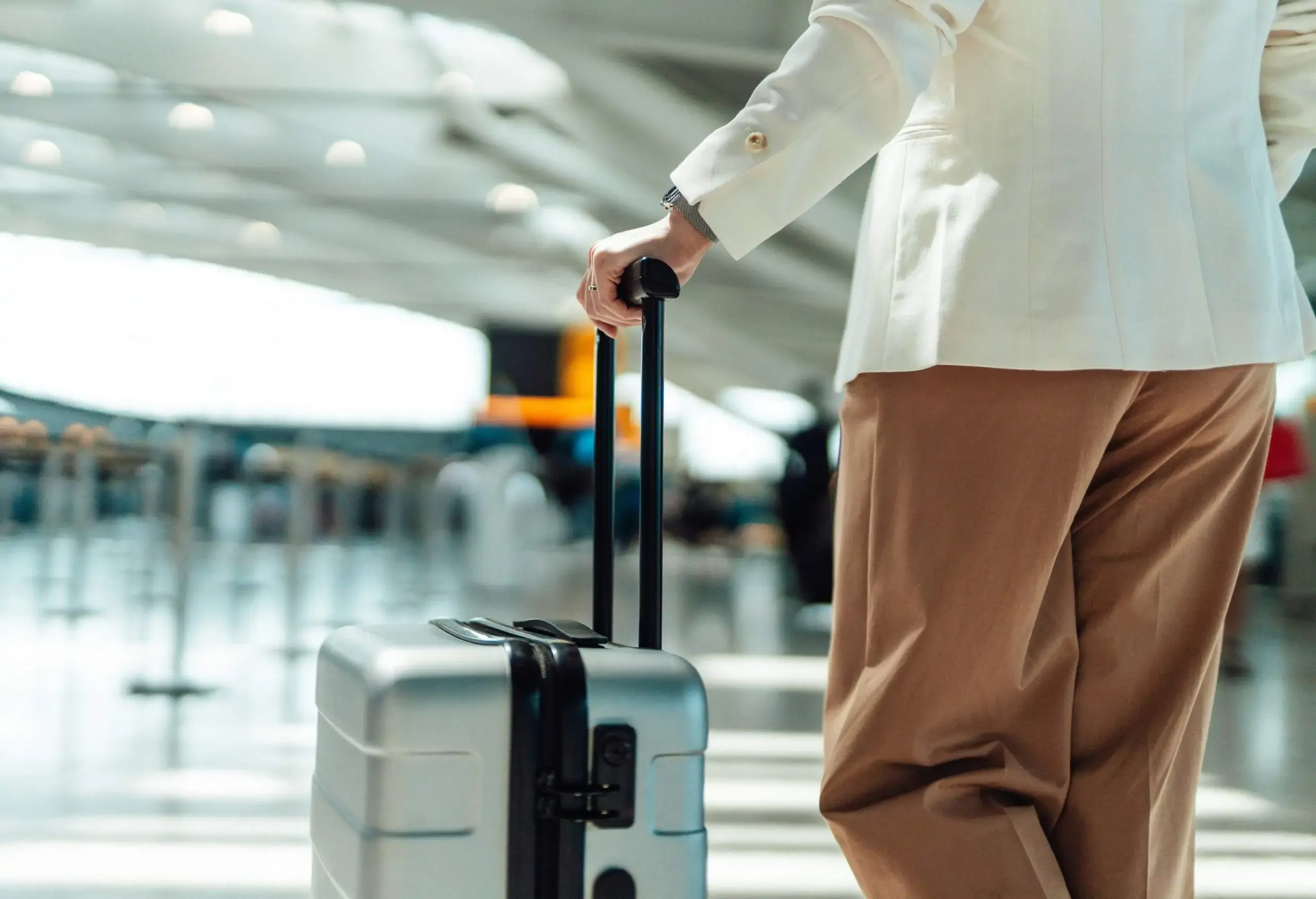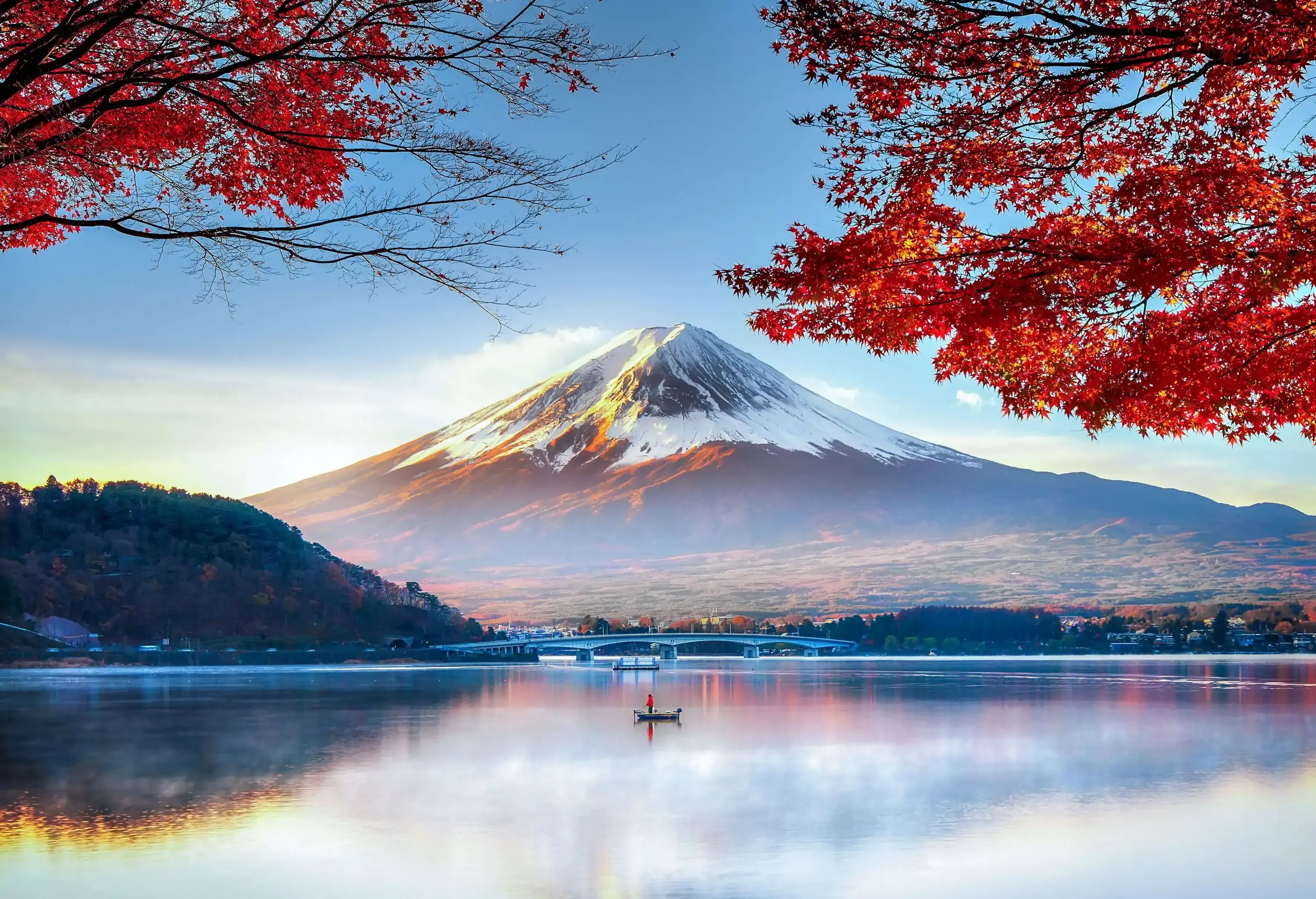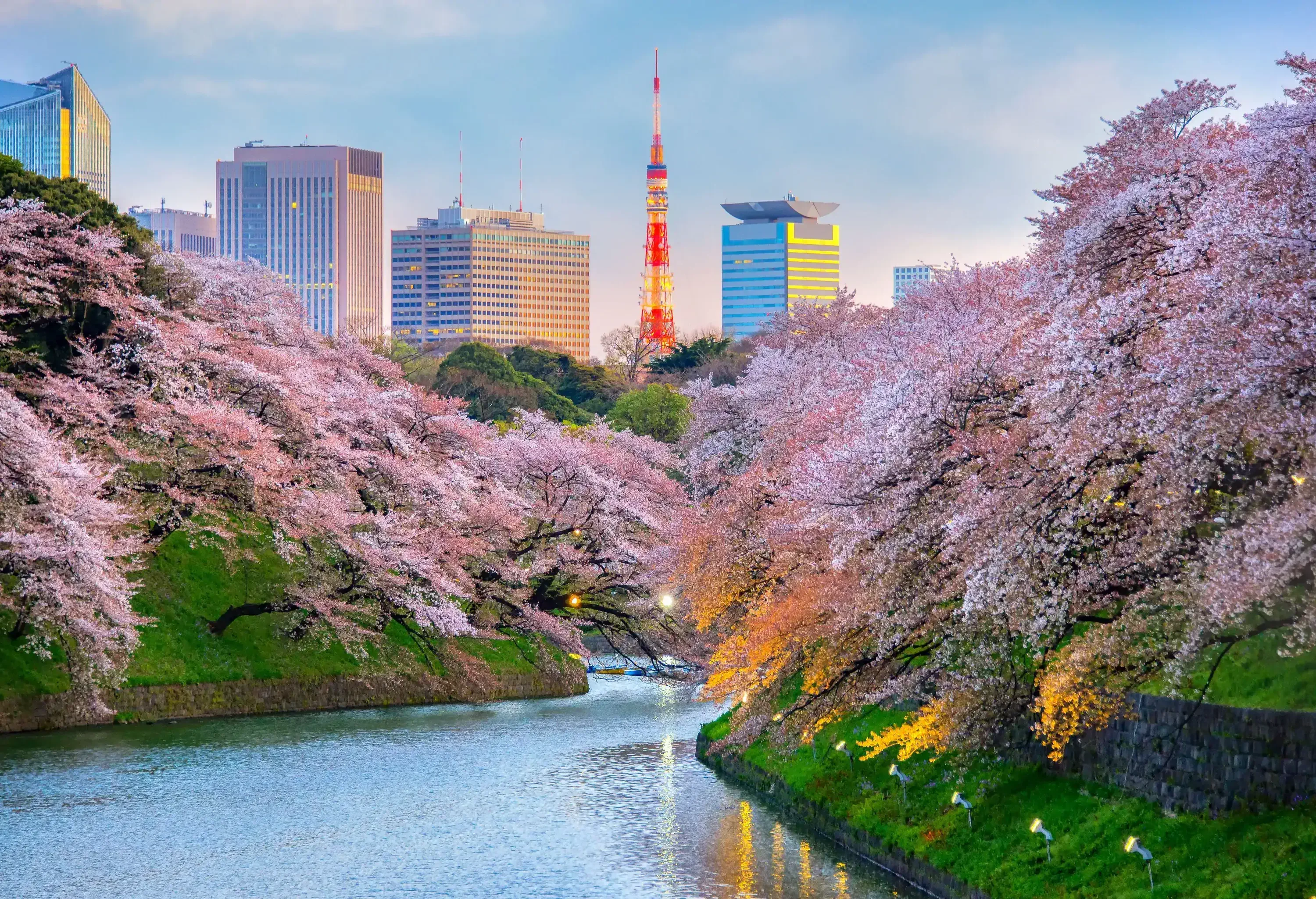Japan is one of the most popular destinations in the world, and it’s always been a relatively easy one for Americans to visit. It’s also definitely worth the hype. But who needs a visa to enter Japan, and what kind of visa options are there if you want to visit for a longer period? Here’s everything you need to know.
Can US citizens travel to Japan without a visa?
Most US citizens are able to fly to Japan without a visa and stay for up to 90 days. That applies to those visiting both for tourism and for business. So you can simply arrive, fill out a landing card either on paper or in the official web app, show your passport, and enter the country.
Keep in mind though that in this case, business means meetings, conferences, and the like. You are not allowed to enter visa-free and take up employment in Japan.
Arriving from a country besides the US
When entering Japan with a US passport, it doesn’t matter where you’re arriving from – the entry rules are the same. So if you’ve been visiting other countries in Asia beforehand, for example, you can still rock up and enter Japan visa-free.
Japanese entry requirements for US citizens

To enter Japan with your US passport visa-free, you’ll need to have an onward ticket showing you intend to leave before 90 days are up. Officials may also want to know you have the means to support yourself. In practice, they rarely check this, but it is a requirement so you should arrive prepared.
Passport validity
Japan only requires that you have a passport valid throughout the length of your planned stay. Many countries will require six months of validity at least though, which is good to keep in mind if you’re planning to travel further in the region.
Biometrics
At immigration, Japanese officials will scan your passport and take fingerprints and a photograph in order to let you into the country.
Landing card or QR code?
Japan now offers the chance to fill out your landing card online and get a QR code to show immigration and customs on arrival. You can still fill out a paper landing card the old-fashioned way if you want, but keep in mind many airlines have stopped handing these out.
What are the Japanese visas you can apply for?
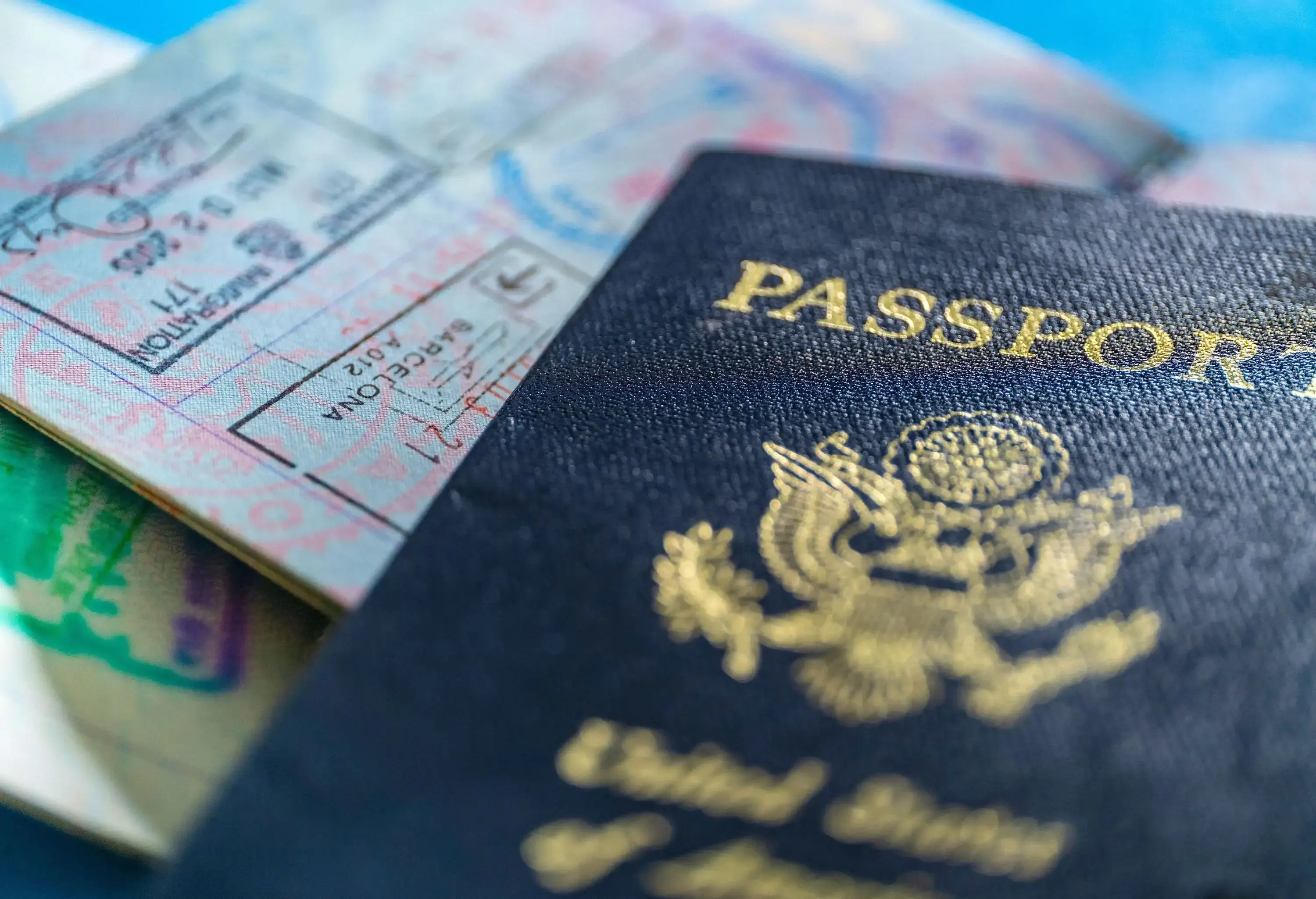
You’ll need a visa for Japan if you want to stay in Japan for longer than 90 days at a time for any purpose. You also need to get a visa in advance if you’re traveling on shorter stays for certain things like working as a journalist and reporting there.
There are many other types of visas including a long-term stay for sightseeing that will give you 6 months (with the possibility of extending to a year) but there are fairly high financial requirements. There is also a “start-up” visa if you plan to go to Japan to start a company.
The new digital nomad visa
For anyone looking for an easier way to stay longer in Japan, the new digital nomad visa may be worth looking at. This allows you to stay in Japan for up to 6 months while working remotely and you can bring your spouse and children along. There are income and other requirements though, so take a look.
The 5 best places to visit in Japan
Once you’ve arrived it’s time to explore. Between the language barrier and the dizzying array of choices for things to do and see it can be overwhelming. Japan is so full of incredible places, and its public transportation networks and options are so comprehensive, that you might not know where to start. So here are a few tips to get you started in the right direction.
Osaka
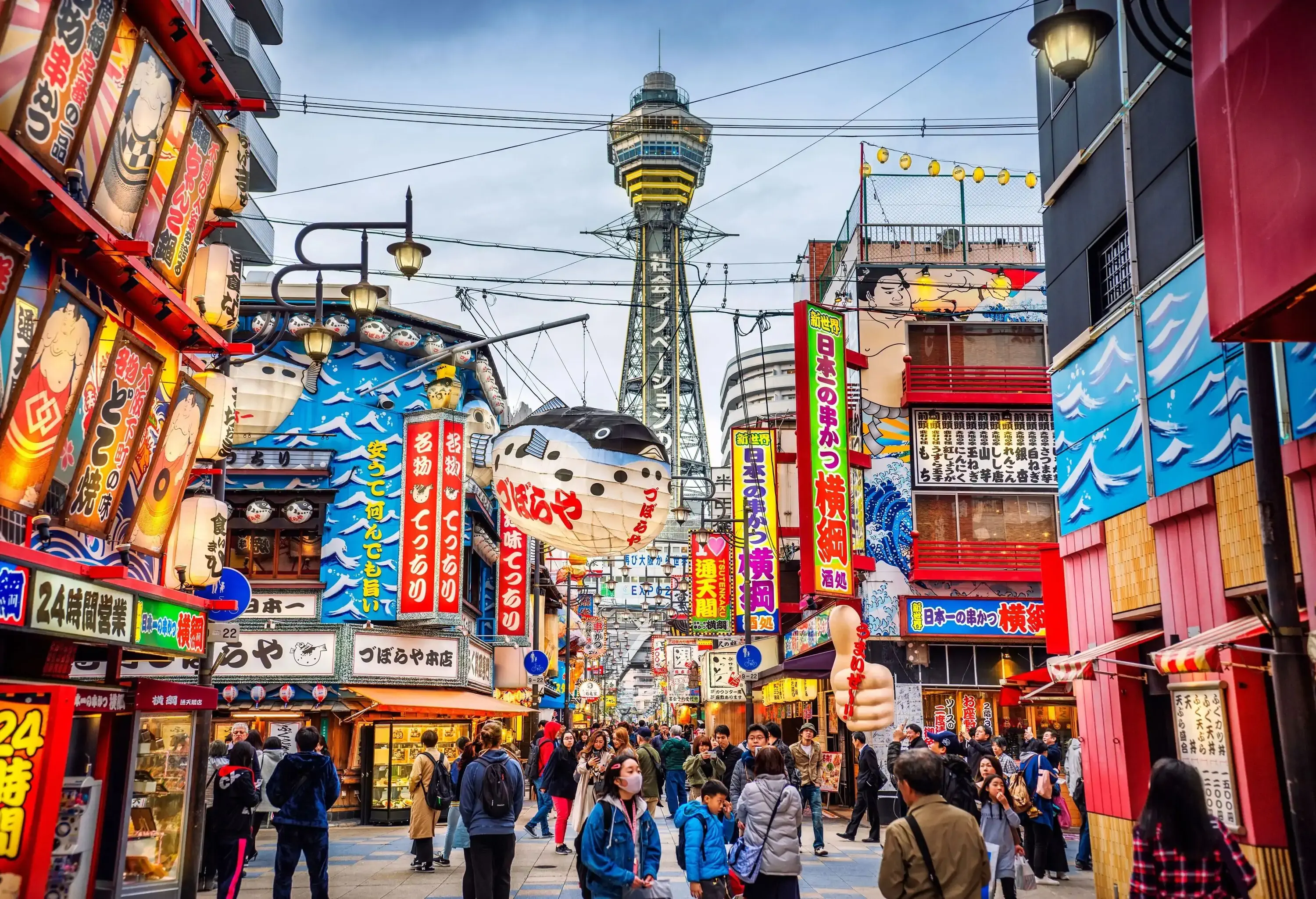
Osaka is like the slightly rougher-around-the-edges but likable cousin to Tokyo and it is well worth a visit, especially if Kyoto tourist crowds have got you down. For food, it’s hard to beat.
Hokkaido
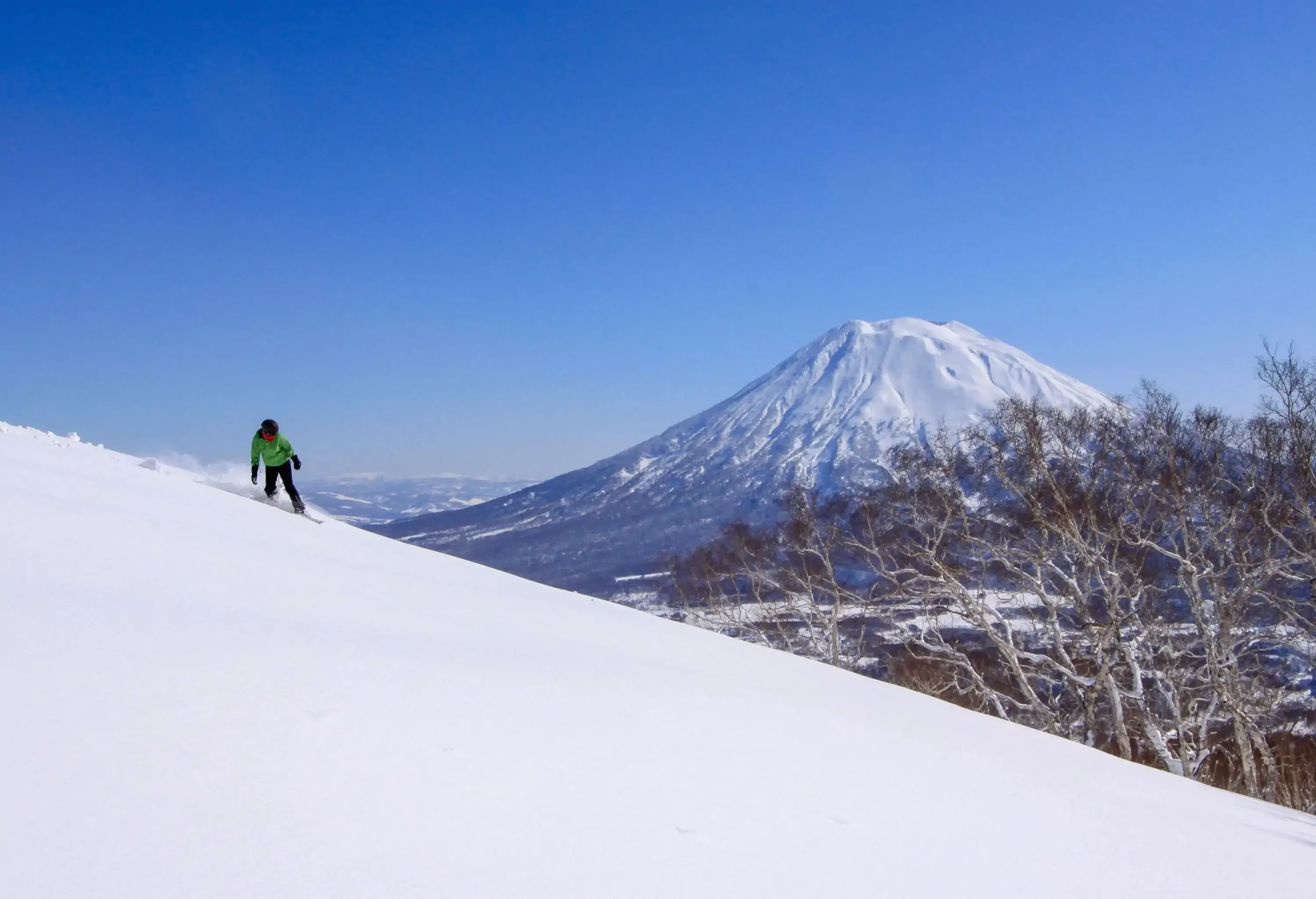
Hokkaido is big and there’s a lot up there, most famously the coveted fresh powder of its ski resorts – but Sapporo is a cool city in its own right. Get further out into the countryside and you’ll find a very different Japan to discover.
Kamakura
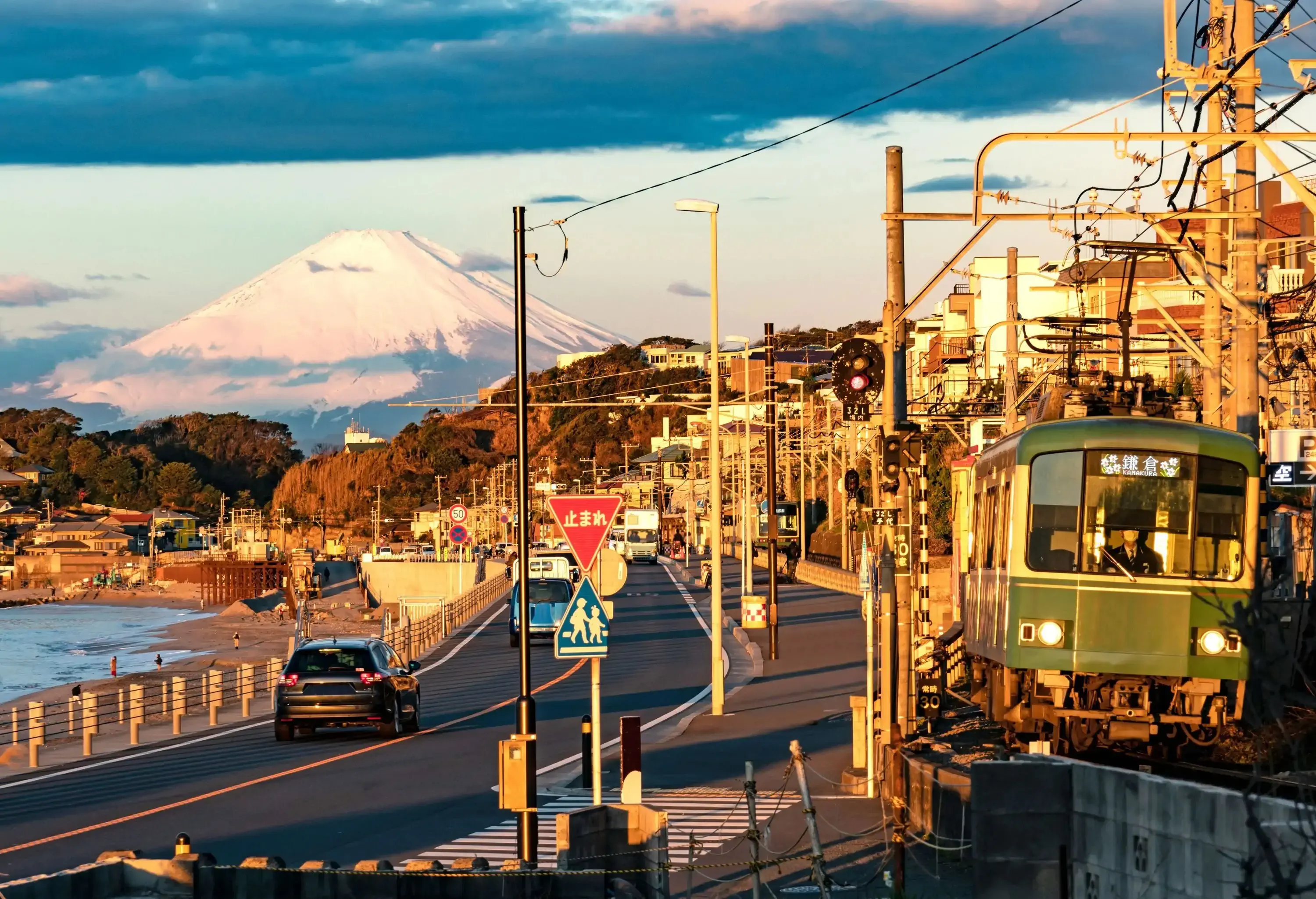
Kamakura is an easy day-trip from Tokyo and it’s popular for a reason. You’ll trade city hustle for surfer vibes. It’s a nice place to relax.
Fukuoka
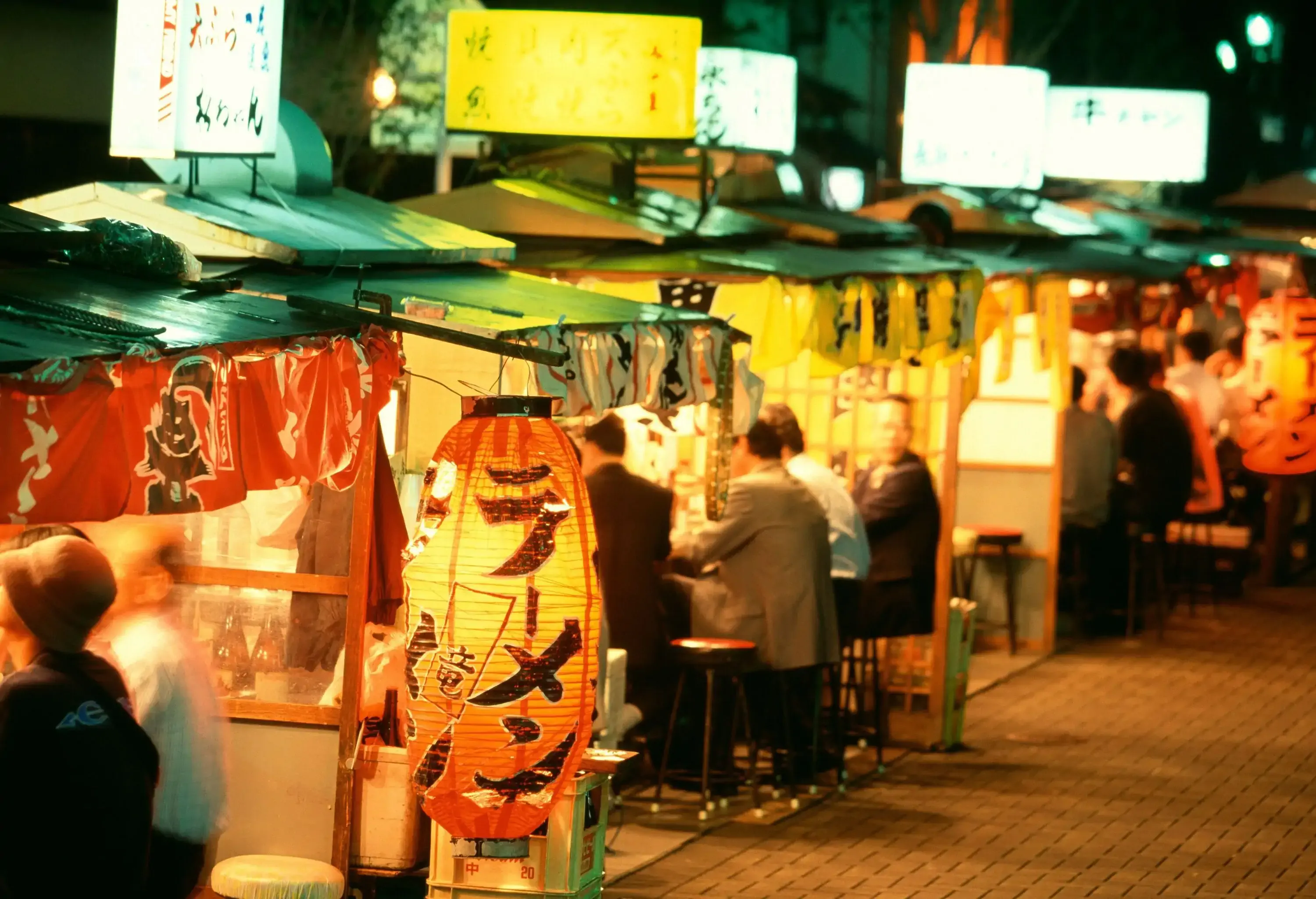
Fukuoka is yet another stand-out city with a culture and cuisine all its own. It’s also on the rise, with a growing population.
Ishigaki
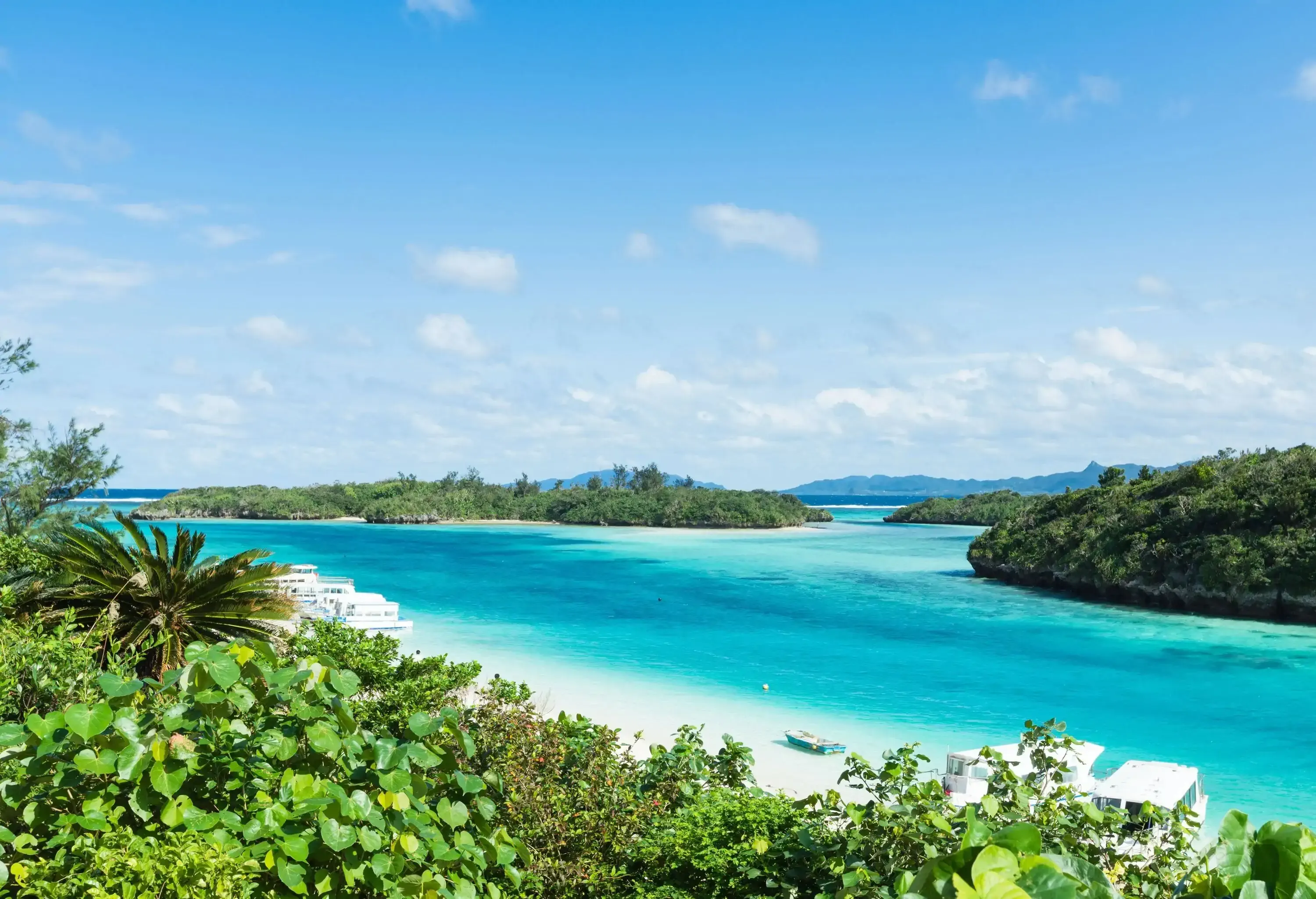
If you want chill island life Japan-style head down to Ishigaki, right at the bottom of Okinawa Prefecture. You’ll find a way of life and a dialect all its own.
The foregoing article was last updated on the 6th of February 2025. It does not contain legal advice and is for informational purposes only. KAYAK does not guarantee, and accepts no legal liability arising from or connected to, the accuracy, reliability, currency, or completeness of any of the information contained in this article and/or any of the content linked to within it. Always check the official government website of your departure and arrival destinations prior to travel for up-to-date information.





